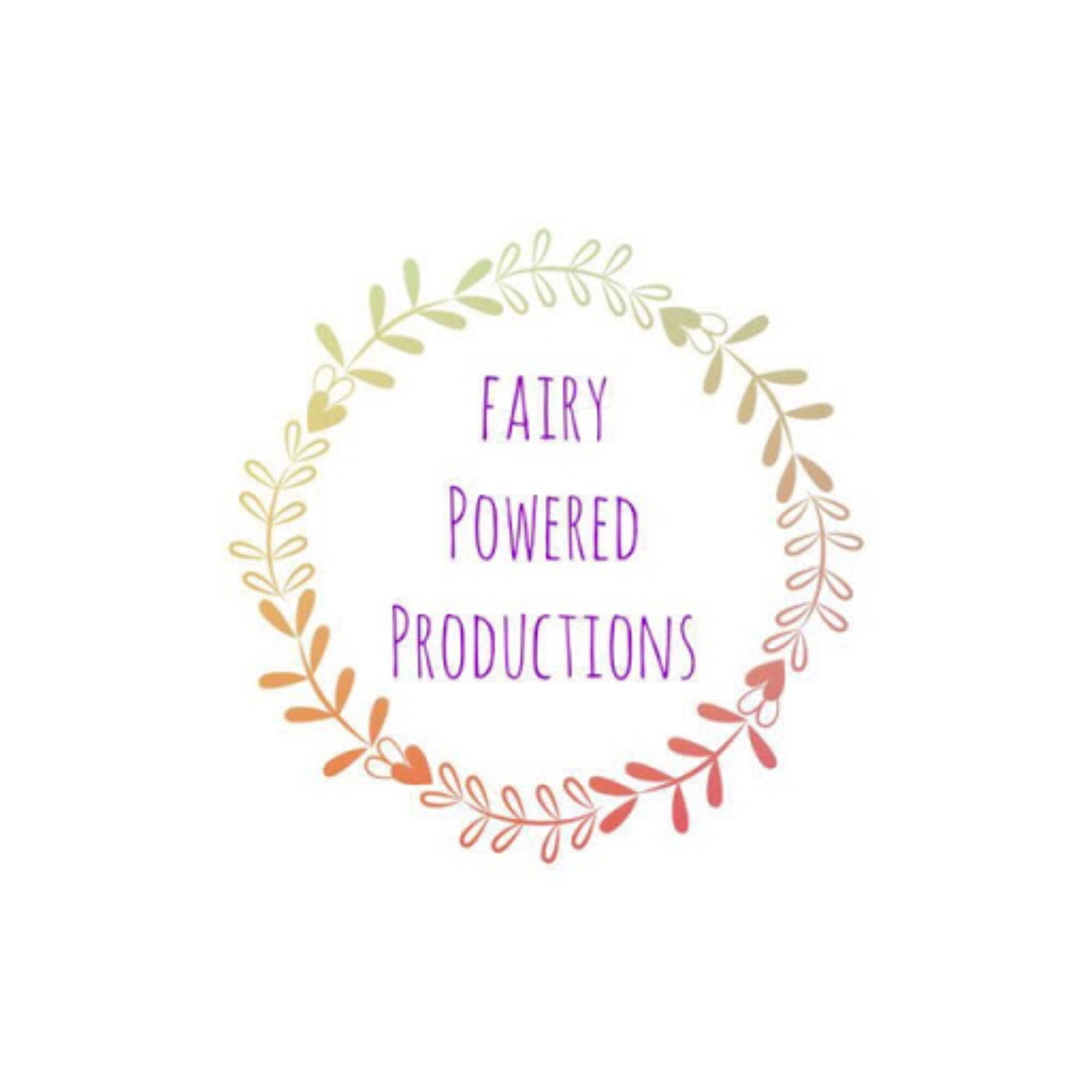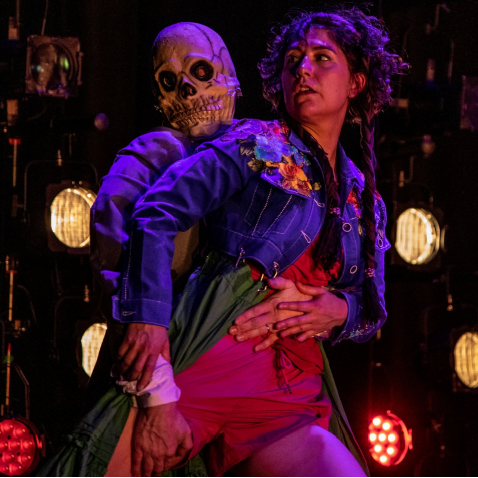Playhouse, Sheffield – until February 1st 2025
Review by Sharon Farley
4****
Interweaving contemporary dance, personal story-telling, cultural tradition and sport is not a combination many theatre productions achieve, or even attempt, but in Endurance Jennifer Jackson (WrestleLadsWrestle) moves efficiently between each element, with the greatest action given, surprisingly, to sport.
She first appears in a Bolivian Diablada mask, a huge, horned, non-human representation of the entities believed to exist as a link between the worlds of the living and the dead; the accompanying traditional dance seems mostly a feat of balance to hold its colourful mass upright. At the end, Jennifer strips away the bulk of the costume – a representation of her cultural heritage via her Bolivian mother – and is left standing small by comparison in a simple shorts and vest ensemble. The mask remains aside, watching over the rest of the performance. Jennifer laboriously dons running shoes and a heart rate monitor with the intensity of a meditative practice. There is silence and the plain backdrop of a black stage; she begins running between one point and another. The quiet and endless repetition may make you wonder if the feat of ‘endurance’ is to be that of the audience, patiently waiting for something to happen.
Soon, all is revealed via a digital backdrop displaying the words spoken by a robotic voice, explaining everything we need to know about Jennifer, her repetitive motion, the heart monitor ticking away on screen, her determination, and the belief that her maternal Bolivian genes will make her a natural mountain runner. So, is this the feat of endurance we are here to witness? The machine generated voice humorously entertains us with our own thoughts and opinions on what we are watching, with some considerable accuracy. This performance is more interesting than it at first appears.
The screen voice takes us through Jennifer’s thoughts, influences, dialogues with family and friends, difficulties of acceptance within British society – the other half of her heritage – and her obsession with a historical, female, Bolivian revolutionary, Bartolina Sisa, who fought against Spanish colonisers alongside her husband, Túpac Katari. The audience become spectators not only of Jennifer’s athletic endurance, but also that of the Latin American people, robbed and subjugated yet still surviving.
As we listen, we watch Jennifer’s heart rate rise. The internal dialogue on the screen turns negative, she’s hitting the runner’s wall. We see her pushing through the hardship, again a reflection of the endurance of the colonised indigenous people providing her with the genetic material to battle on, even when she just wants to hide under the duvet and cry. The heart rate keeps rising, are we about to witness a heart attack too? Dammit! She even knew we’d think that!
A break in the repetitive running leads us to the next act, as a dapper, skull headed figure appears bathed in a spotlight at one side of the stage. The robotic voice is silenced, and we are left to interpret for ourselves what the dance between Jennifer and the male figure means. Is it a depiction of Jennifer’s relationship with her Bolivian heritage? Are we viewing the difficulties of women struggling to establish their own space? Is it the repeated generational blending of indigenous people with European invaders? Or a struggle for meaning between life and death?
When the male dancer exits, Jennifer picks up from the same point she left off when he arrived; continuing her own personal endurance test, now accompanied by stories of her childhood. In contrast to the detailed breakdown of the on screen dialogue in the first act, this section is a little vague and leaves some uncomfortable questions hanging in the air.
The individual elements of this complex piece do not always fit seamlessly hand in hand, much as the experience of the children of inter-cultural relationships is rarely a smooth ride. One might wonder what part ancestral cellular memory plays in our own tangled personal development, given we are all the result of a widely mixed gene pool, often generated by historical invasions.
Evidently, a lot of thought has gone into this production, and though we may not be privy to all the inner workings of Jennifer’s process, take the time to invest in the piece with her and you may even feel the reflection of her heart beat within your own chest.

